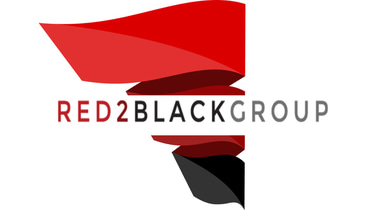Selling Custom Solutions Without Confusing the Buyer
Clarity and steps help
SALES STRATEGIES & TACTICS FOCUSEDSALES PSYCHOLOGY & MINDSET
Patrick Mersinger
10/13/20252 min read
Custom Work Creates Custom Risk
Custom solutions attract great clients. High-ticket. High-stakes. High potential.
They also trigger confusion and endless scoping. Endless calls. Slow sales cycle. Buyers freeze when choices feel vague or have too many choices.
Selling custom work must feel controlled. Simple. Directed.
🔻 Deal Killer Alert:
“We can do whatever you need.”
That sounds flexible. It reads weak. It puts the work on the buyer. It causes doubt.
Step 1: Productize the Discovery—Not the Solution
Do not simplify your solution. This could potentially lower the client's perceived value. Instead, look at how you can simplify the process.
Action:
Provide a road map of fixed steps that show the discovery process as a manageable process.
Frame it like this:
We have found success by starting with a 30-minute scoping call. Within four days, we will send you a customized strategy document. This helps the team be on the same page. It minimizes mistakes and also provides us with options for timelines.
Make the path clear—even if the product isn’t.
Step 2: Sell Outcomes, Not Inputs
Buyers care about their time, their money, and their job. They do not care as much about your time, framework, or schedule. They care about what changes in their world.
Anchor in their outcome. Clarify how this will impact their pain points and soft sales points. Like the amount of time
Say this:
You want X. That is great. It will impact z, making it easier to y. Our process will help you save time, by ...
Step 3: Show Past Work Without Overpromising
Custom does not mean random. Show patterns. Show wins and repeatability results.
Example:
We helped a PE-backed SaaS firm integrate two sales teams following the acquisition. Results: unified pitch in 30 days, pipeline lift of 23% in 60 days.
Keep it clear. Keep it short.
🔻 Deal Killer Alert:
“Every project is totally unique.”
That sounds thoughtful. It lands vague. Buyers need patterns. Give them something solid.
Step 4: Define the Next Step With a Hard Yes
Never end a custom solution pitch with “Let me know.”
Always end with direction. A challenging aspect of purchasing a custom solution is relinquishing control. Help the buyer gain confidence by offering them smaller choices that allow them to feel in control.
Say this:
“Would it help to schedule a working session to scope this live?”
Or:
“Want me to send a visual breakdown of all three options by tomorrow?”
Drive one decision.
Selling Custom: Quick Checklist
✅ Custom still means creating a repeatable scoping process
✅ Sell outcomes—not inputs
✅ Share past work with focus
✅ Direct the next step clearly
Final Thought
Custom does not mean confusing. Tailored does not mean vague.
Buyers want to feel understood. Guided. Confident. And in control.
Sales teams who win custom work keep the path clear. Keep the options grounded. Keep the energy focused.
Clarity closes. Every time.
Sales Consultancy
Building Long Term Revenue
Connect now:
© 2025. All rights reserved.
Try our Free Elevator Pitch Tool:
